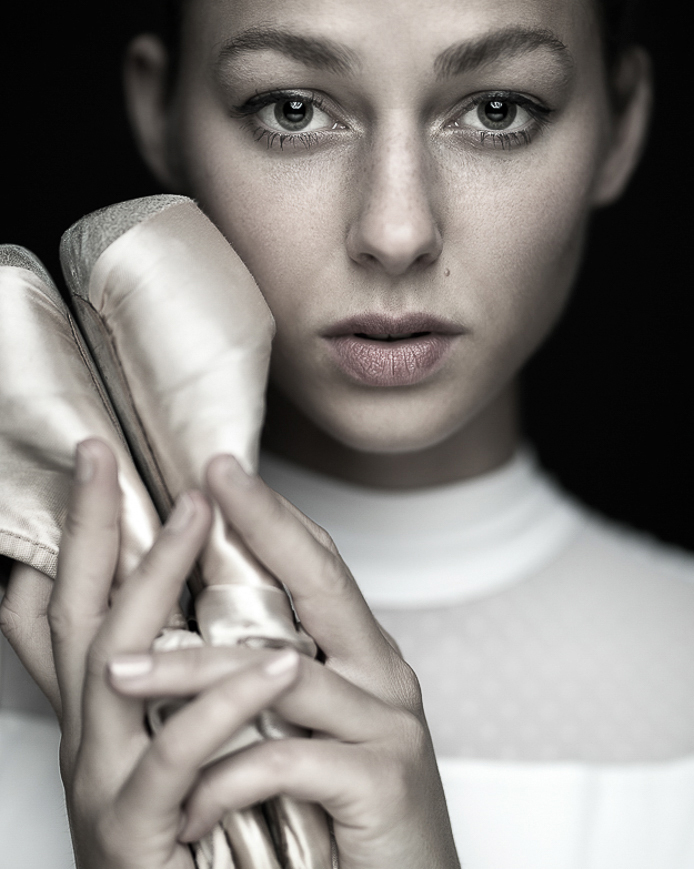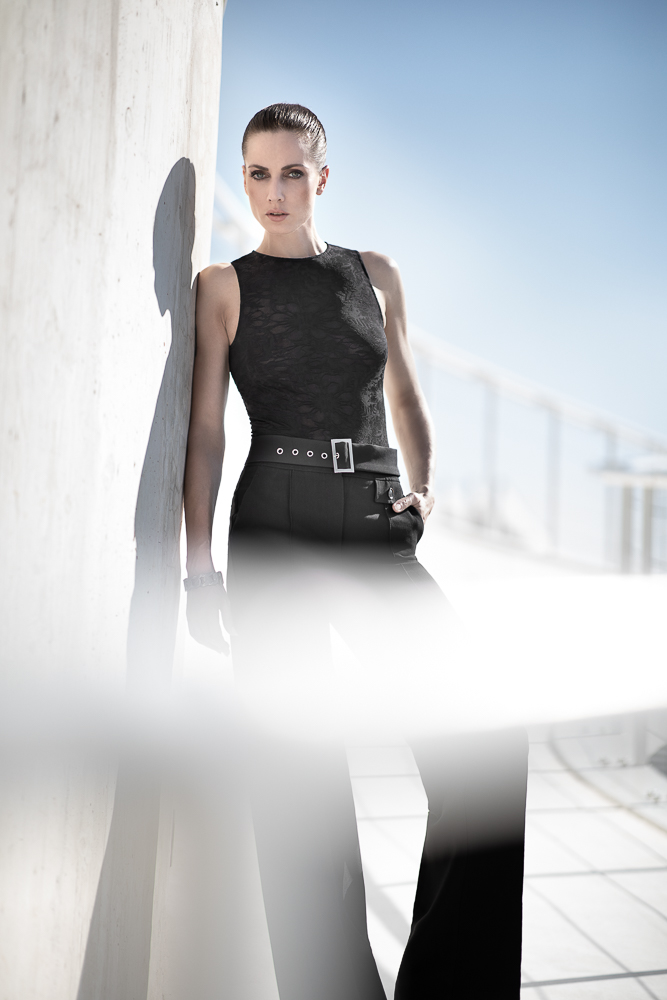Wide aperture photography is very popular with many photographers, especially for portraits. The small area of sharpness with an open aperture allows you to focus on the point, placing the subject in the centre and setting it off from the background.
This can be achieved by choosing a fast lens with a maximum aperture of 1.2 or 1.4.
Canon offers lenses at different price levels for different applications.
The classic lens for portraits, for example, is the EF 85mm f/1.4, but you can also take great pictures with the 50mm f/1.2 or the 50mm f/1.8, which is unbeatable in terms of price.


